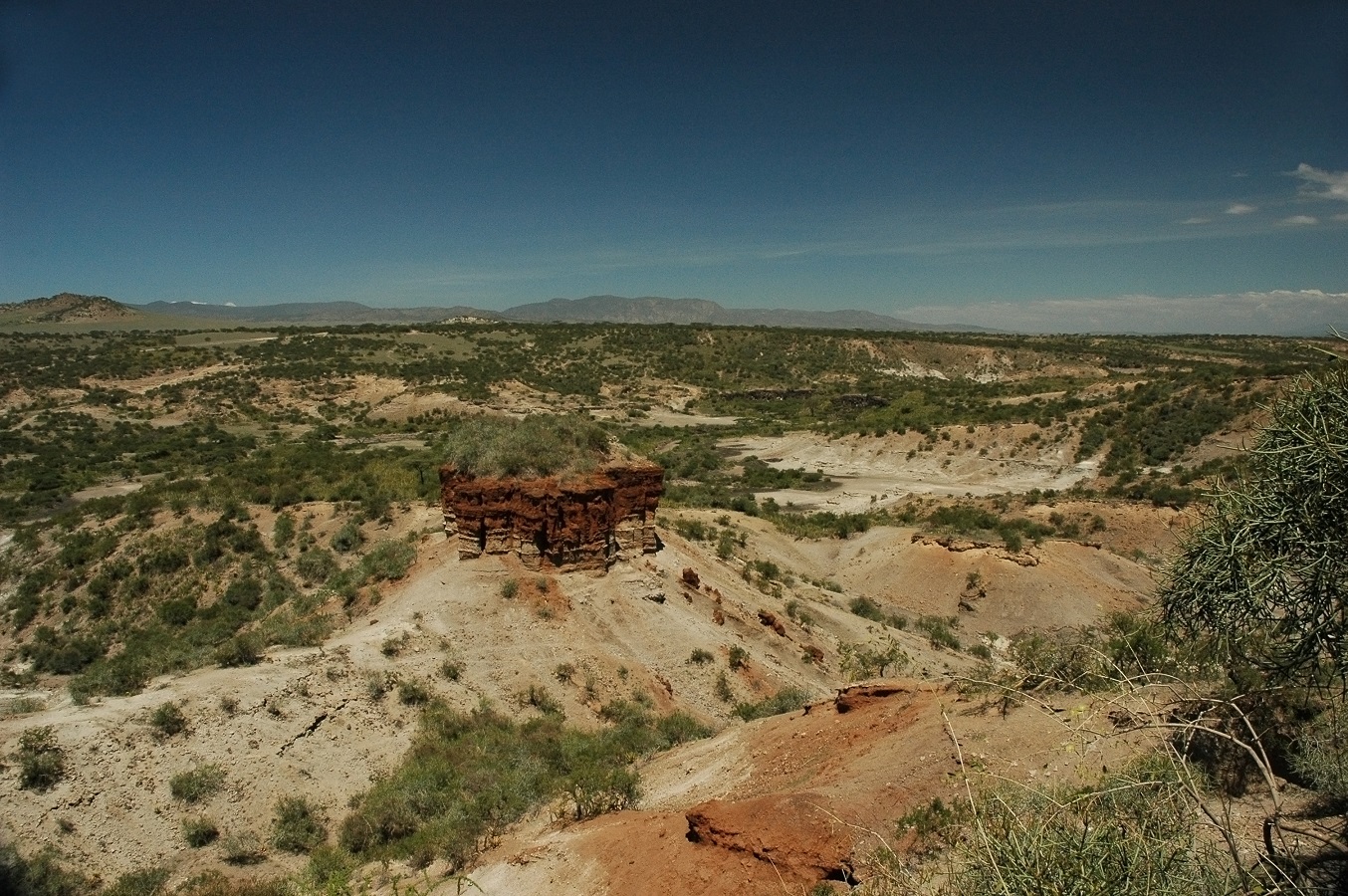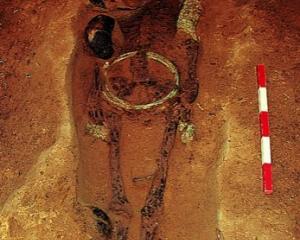
Meat and marrow are the engines that feed a growing brain, and this we can track on the basis of many new discoveries in East and South Africa. Importantly, from 3 million to 2.6 million years ago, we entered a period often called the Ice Age, when the climate became very variable, often being much colder at the poles, and drier in East Africa. Savannah grasslands encroached on forest trees, and a premium was placed on primates who could walk and run.
What happened can be traced in the new fossil discoveries that followed on the discovery, in 1960, of fragments of a skull at the base of Olduvai Gorge.
I remember well the day when Louis Leakey came to Cambridge University and described his find to we keen students. We were pretty amazed when he told us that in his opinion, the skull was a human ancestor who lived about 1.75 million years ago. He named it Homo habilis, "handy man", because the remains were associated with stone tools.
Since then, more remains of this vital stage in our ancestry have taken handy man back by another million years. What seems to have happened is this. Stone tool-making became more skilful. We increasingly find the cut marks and the animal bones were deliberately located to remove choice cuts like the tongue, as if those first humans were deliberately hunting rather than scavenging, horses, wildebeest and impalas.
This would certainly have been much more likely to succeed if they could run fast over long distances to exhaust their prey.
Vitally, the brain was enlarging over time, as communication and cognition improved, until Handy Man morphed into a new species, Homo erectus, or "the human who walked upright".
We know a lot about those early upright humans from two fortunate discoveries. At Ileret in Kenya, human footprints from at least 20 individuals have revealed a very close match to the modern human gait. Moreover, they represent a group of males who lived about 1.5 million years ago.
The implications of this find are profound, for they suggest there was a sexual division of activities, perhaps hunting, involving just males from within their social group. Their average weight, to judge from the impressions, would have been about 49kg.
In 1984 at Nariokotome in Kenya, a nearly complete skeleton of a youth who died about 1.6 million years ago was discovered. Probably about 12-13 years old at death, he is a treasure trove of information on this critical stage in human evolution. Despite his youth, he stood about 1.6 million tall, and would have weighed about 48kg, far larger than H. habilis. As he matured, he would probably have reached a height of 1.85cm and weight of about 68kg. His bodily proportions were very like modern humans, revealing he was fully accustomed to life on the open savannah. Crucially, his brain volume at nearly 900cc was about twice that of Australopithecus, and presumably for a young teenager, it was still growing.
What is more, these early humans were adventurous, for they left Africa in a series of migrations that took them to distant places, from Spain to China.












